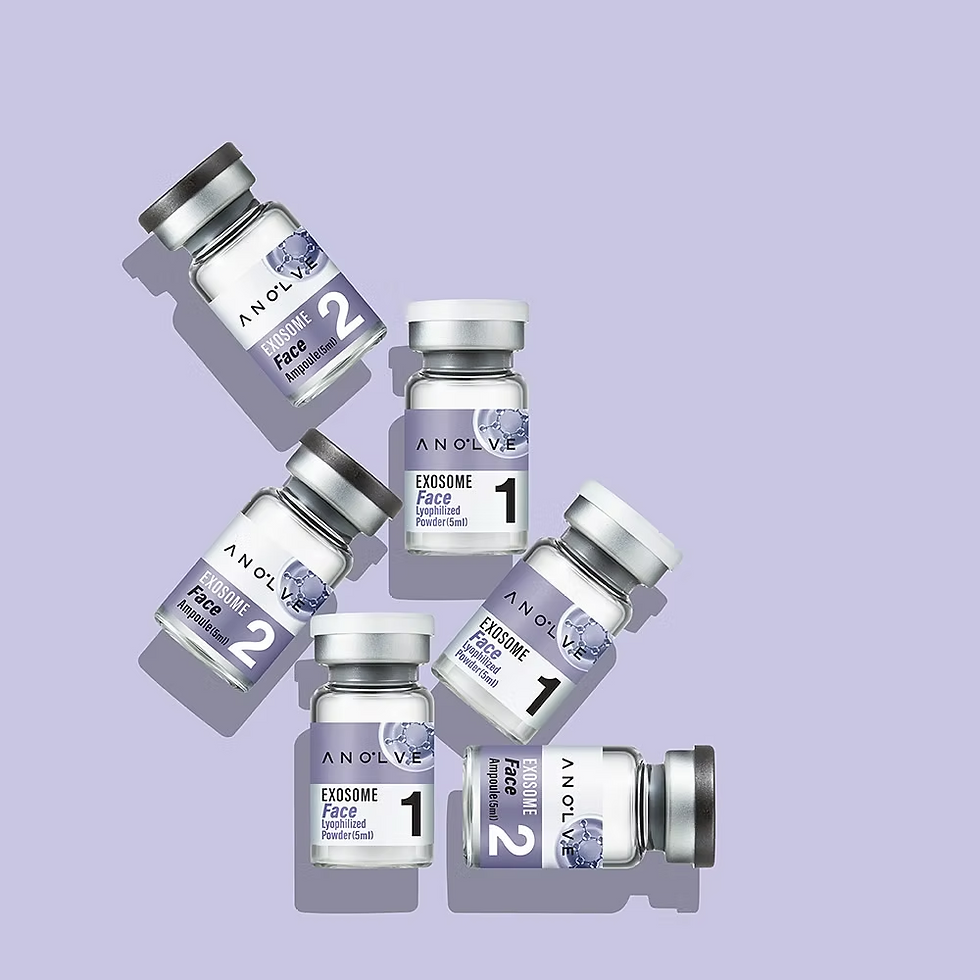Korean Filler vs Juvederm: Understanding the Differences and Choosing the Right Option
- Jay Yoon 2
- Feb 8, 2024
- 3 min read
In the world of aesthetic enhancements, dermal fillers have emerged as a popular choice for those seeking to rejuvenate their appearance. Among these, Korean fillers and Juvederm are two notable options, each with its unique properties and benefits. This blog aims to provide an in-depth comparison of Korean fillers and Juvederm, helping you understand their differences and determine which might be the right choice for your aesthetic needs.
Korean Filler vs Juvederm
Korean Fillers: Innovation and Precision
Korean fillers have gained recognition globally for their innovative approach to facial rejuvenation. These fillers are known for their high-quality, fine consistency, and are often praised for their ability to create subtle and natural-looking results. One of the key features of Korean fillers is their versatility in addressing various facial areas with precision. They are commonly used for enhancing the lips, smoothing out fine lines, and contouring the face. The formulation of Korean fillers typically includes hyaluronic acid, which is well-tolerated by the body and offers temporary results, making it a safer option for those hesitant about permanent changes.
Korean Filler vs Juvederm
Juvederm: A Trusted Name with Proven Results
Juvederm, on the other hand, is a well-established name in the field of dermal fillers, known for its safety and efficacy. It’s a range of products, each designed for specific areas and purposes, such as volumizing cheeks, plumping lips, and softening deep wrinkles. Juvederm fillers are also based on hyaluronic acid, but what sets them apart is their unique cross-linking technology, which can provide longer-lasting results compared to some other fillers. Juvederm is often chosen for its consistency and ability to deliver predictable and satisfying outcomes.
Korean Filler vs Juvederm
Safety and Side Effects: What to Consider
When it comes to safety and side effects, both Korean fillers and Juvederm have good safety profiles when administered by qualified professionals. Common side effects include redness, swelling, and bruising at the injection site, which typically resolve within a few days. However, it’s crucial to consult with a skilled practitioner who understands facial anatomy and can recommend the most suitable product based on your skin type, facial structure, and desired results.
Korean Filler vs Juvederm
Korean Filler vs Juvederm : Customization and Flexibility: Tailoring to Individual Needs
One of the significant advantages of Korean fillers is their customization. The variety of formulations available allows practitioners to tailor the treatment to meet individual needs precisely. Juvederm’s range, while slightly less extensive, still offers enough flexibility to address different aesthetic goals effectively. Both brands provide options for those who prefer a more subtle enhancement and those looking for more dramatic results.
Korean Filler vs Juvederm
Cost and Longevity: Balancing Budget and Expectations
The cost of Korean fillers and Juvederm can vary depending on the product used, the amount required, and the practitioner’s fees. Generally, Juvederm might be slightly more expensive due to its brand recognition and longer-lasting results. When considering cost, it’s also important to factor in the longevity of the results. Korean fillers typically last between 6 to 18 months, while Juvederm can last up to 2 years in some cases. Choosing between them may come down to balancing your budget with your expectations for how long the effects will last.
In conclusion, both Korean fillers and Juvederm offer distinct advantages for those seeking aesthetic enhancements. Korean fillers stand out for their precision and natural look, while Juvederm is revered for its reliability and lasting results. Ultimately, the choice between Korean fillers and Juvederm should be made after thorough consultation with an aesthetic professional who can assess your individual needs and guide you towards the most suitable option. By understanding the differences between these two popular fillers, you can make a more informed decision and achieve the aesthetic results you desire.









Comments